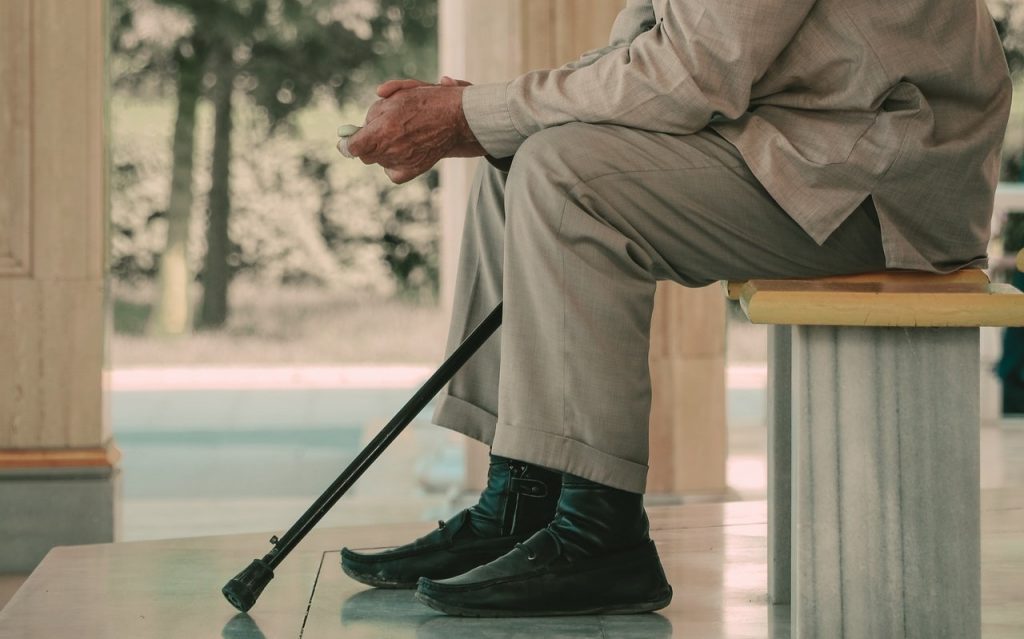
Mobility aids like canes, crutches, walking frames and wheelchairs help you retain or regain the ability to move around without adding extra stress to your body. But because they are highly visible, they can also become a source of questions, embarrassment or shame. Using mobility aids doesn’t have to be stressful or upsetting. Here are five myths you shouldn’t be worrying over:
I need to have a certain kind of disability to use mobility aids
A mobility aid is just that: equipment that helps you maintain or improve your mobility. These tools are for whoever benefits from their use.
Using a mobility aid is giving up
When you first start using mobility aids, it can feel like you’re giving up on the ability to walk or move unassisted. In reality, it’s taking control of your condition, and helping yourself to stay active without injury.
Using mobility aids makes you weak or sick
Mobility aids actually give their users more freedom. Canes, crutches, scooters and wheelchairs can allow your body to heal, support you through injury, and prevent further deterioration. If anything, the mobility aid helps to preserve (or even improve) your independence.
You have to use mobility aids forever after you start
No two people are the same, and even their needs aren’t the same from day to day. You may only need your mobility aid from time to time, or during a certain period.
Mobility aids are a last resort
Your mobility aid is there to help you. It should be used when you need it. There’s no shame in needing or using mobility aids.
It’s important to practice with your mobility aid and learn how to use it correctly, to avoid injury and fatigue. Your doctor or physical therapist can show you how. Some people also find it helpful to personalise their aids, such as ordering them in certain colours or decorating them. But whatever you choose to do, always remember that mobility aids are great to stay active and engaged with the world. You can choose to engage with questions as much or as little as you want, and continue living your life with this support at your side.
References
Alaina L. (2017) Navigating Mobility Aid Misconceptions [Accessed: 11 April 2022) Available at: https://rootedinrights.org/navigating-mobility-aid-misconceptions/
HijaDe2Madre (2022) “Idk who needs to hear this…” [Accessed: 30 Mar 2022] Available at: https://twitter.com/HijaDe2Madre/status/1508848283560554500
Jayne L. (2017) What types of mobility aids are available? [Accessed: 11 April 2022) Available at: https://www.medicalnewstoday.com/articles/318463
Joelle A. (2021) Myths & Misconceptions About Disabilities [Accessed: 11 April 2022) Available at: https://medium.com/st-marcellinus-social-justice-league/draft-myths-and-misconceptions-about-disabilities-edb6c96181b0
Shruti C. (2020) How I Accepted My Mobility Aid. The Steps I Took. [Accessed: 11 April 2022) Available at: https://allthingsendometriosis.com/how-accepted-mobility-aid/